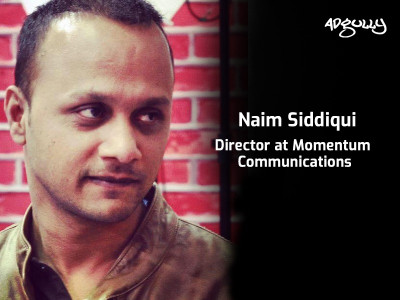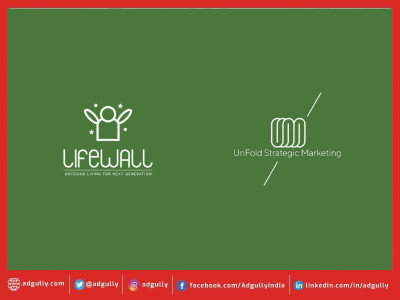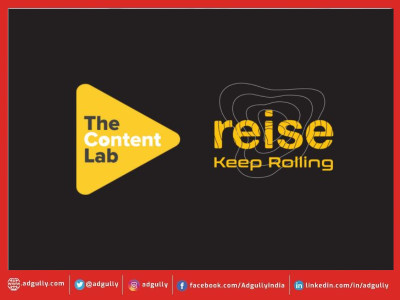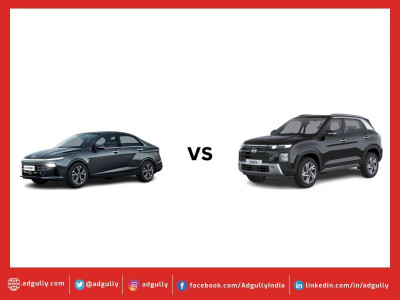Pursuit of brand value in COVID-19
Authored article by Naim Siddiqui, Director at Momentum Communications
India’s top 100 brands saw a drop of $25 billion in brand value within the first five months of this year as the corona virus pandemic hit the economy. Globally, the top 500 firms saw a value loss worth $1 trillion in the same quarter. The Brand Finance India report which made this assessment also studied the impact of COVID-19 on Indian industries enterprise value in the first quarter of 2020. The findings were then industry-wise divided into three sectors according to the loss of brand value: Limited impact, moderate impact and heavy impact.
Industries with low impact on Brand Value
The first category of ‘limited impact’ includes industries that witnessed minimal brand value loss and even potential growth in the same sector. For instance, the show stealer- Tata Group. The company broke the $20 billion brand value mark for the first time and showed a 2.3% growth. It also kept the title of being India’s most valuable brand. Tata Group’s luxury hotel chain, Taj, ranked as the country’s strongest brand with the highest brand strength. Reliance Industries, LIC and the Indian banking sector also observed growth and minimum brand value loss during this time while industries in the travel & tourism sector, hospitality and automobiles went into complete shutdown mode. These are also sectors which have been most heavily affected by the pandemic.
Brand Strength
While one may suggest that legacy brands with long-standing history have fared mostly well in all sectors of industries primarily due to strong balance sheets, cash reserves etc. one has to consider that in terms of maintaining brand value, along with revenue forecasts, brand strength is a crucial determining factor of brand value. So, if revenues and losses within the travel and tourism sector are considered, for instance: airlines were sidelined for a moment, their brand strengths could still be worked upon to improve the overall brand value. Top ratings agencies evaluate brand strength through factors like marketing investment, familiarity, loyalty, corporate reputation and employee satisfaction.That’s the reason why brand strength is called an intangible measure of a brand’s performance. The next obvious question that pops in one’s head is then what did Taj (a hospitality brand) do to score 90.5 out of 100 on the Brand Strength Index (BSI) and an AAA+ brand strength rating during the pandemic?
Deconstruction of Taj’s Tajness: A Learning Model
There is the definite historical factor of the five-year plan called Aspiration-2022 to consider. Launched in 2018, the program aimed to improve its EBIDTA margin from 17 to 25% by 2022.But, the business strategy they adopted was to go all in not just as a ‘luxury’ hotel chain which offers premium experience and services, but to do away with the tag of ‘just luxury’. You may call it their way of democratizing the luxury travel experience. Their reimagine, restructure and reeingeering strategy drove up the brand value enormously. From entering the homestay market to offering heritage hotel, property experience for budget travelers and upping their sustainability quotient (through water conservation and carbon emissions), their plan of action aligned with their core values apart from being consistently delivered in real time and space.
But, besides the 5 year plan, the Tata group also adapted with the current situation across the country to up their brand value quotient in multiple ways. The Tata Consumer Products Marketing head, Sagar Boke, in an interview shared that post COVID-19, ‘their stance is to advertise only if they are able to add value to the customers’ lives’.For instance; Tata Tea’s social initiative of Iss baar #BadonKeLiye #JaagoReJaagoRe is a classic example of astute relationship management program with customers-in this case targeting the elderly. Spreading awareness besides helping the cohort by tying up with NGOs’ to help deal with the health crisis better was like hitting the bulls’ eye. They gained popularity, traction in the market and this initiative helped their brand value.
How to minimize losses in brand value innovatively
Business strategies like having meaningful relationships with customers instead of hard selling, offering genuine solutions that add value, need a shift from generalized advertising to content-driven communication. Understanding and catering to new consumer needs, based on behavioral patterns, among other parameters have become primal in regaining lost brand value during these trying times.
Even research suggests that brands can speed up their recovery, post-crisis times by building on their brand value. An off-beat way of how a destination travel firm Visit Las Vegas managed to become popular and relevant during COVID-19 was by creating awareness and brand value through its #OnlyYouCampaign. Their campaign video shows a bare Las Vegan strip that intends to remind people that the city will always be there for them as and when they begin to travel.
So instead of going into hibernation mode, as many in the travel and hospitality sector have, brands should reach out to their customers with a view to strengthening relationships and loyalties. As much as the morale of your industry is down, obviously because of revenues, it becomes all the more important to reach out to your clientele. They are not just people who you sell your products and services to; they are real people with concerns beyond buying your brands products.
Virtually signaling your actions without being consistent with your core values or announcing small CSR initiatives on social media and then going to bed to sulk are not effective brand strategies. These would rather result in a loss of respect for the brand and perhaps even customers. Because, when brands talk of values it is vital that they demonstrate them in their actions and interactions with employees, vendors and their market, per se.
That’s the reason why clichés always stand the test of time and in this instance, even more so, when I advise brands that actions speak louder than words, , especially during and after COVID-19
















Share
Facebook
YouTube
Tweet
Twitter
LinkedIn